


I’m Steven Naylor and I’m a senior scientist in HSE Science Division, working within its Data Analytics team, and an Associate Director on the Discovering Safety Programme, technically leading a number of the projects being delivered as part of the programme, including the Industry 4.0 and safety project. I’m very passionate about realising the potential for new and emerging technologies, to improve health and safety in industrial workplaces. The portfolio of research I lead is very much focused on maximising the opportunities and addressing the challenges. My specialist area of technical expertise is in the application of data analytic techniques, including data mining for knowledge discovery, text mining and natural language processing, and predictive analytic techniques, to generate intelligence from disparate multi format data sources to inform organisational decision-making.
This series of six blogs considers key implications of the industry 4.0 revolution for health and safety, and practical challenges likely to be faced by organisations when looking to exploit industry 4.0 technologies to deliver improvements in operating performance, including health and safety performance. This blog, the first in the series, looks to introduce industry 4.0 as a concept and sets the scene. Future blogs will then consider key opportunities and challenges in more detail. The potential for use of industry 4.0 technologies in parallel with artificial intelligence to magnify the opportunities for better health and safety, but also to lead to new risks requiring control, will also be considered.
The 4th industrial revolution, often termed industry 4.0, the name given to the emergence in use of a suite of technologies originally in the manufacturing sector and now across many other industry sectors, is revolutionising industrial operations in workplaces. This article considers some of the key implications of the industry 4.0 revolution for health and safety, and key practical challenges in exploiting the technologies to deliver improvements in organisational health and safety performance.
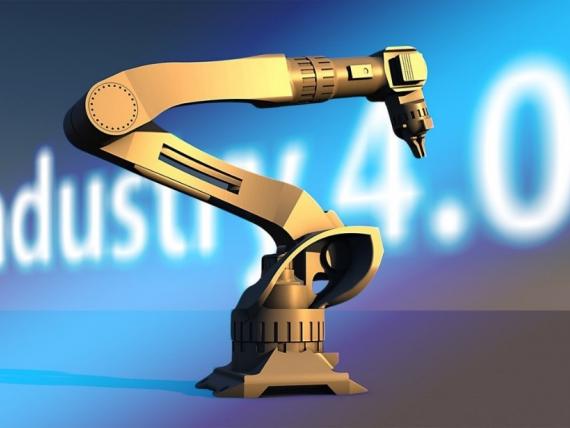
Core industry 4.0 technologies, which include smart sensor networks, wearables, positioning and smart mobile devices, advanced algorithms, enterprise IT systems, cloud computing and wireless internet, are transforming how workers, equipment and processes interact in industrial workplaces. Used in combination with other industrial technologies designed to physically action specific tasks, such as robots, cobots, 3D printers, autonomous vehicles, aerial drones, exoskeletons, process control systems and AI and advanced algorithms, they are enhancing the delivery of complex process operations through the seamless, end-to-end delivery of the individual component tasks that make them up. These include tasks both of a cognitive and a physical nature; in the past, delivery of such tasks would have had a significant human and often manual component; in the era of industry 4.0, such tasks are technologically supported and often fully automated.
The rise in use of industry 4.0 technologies in workplaces is having major knock-on effects for how health and safety is practiced in affected workplaces and the general consensus is this is only likely to gather pace. In fact, in some workplaces, industry 4.0 technologies are starting to be used directly for the purposes of better managing health and safety risks, examples including wearable devices and sensors on plant to monitor the locations of workers relative to workplace hazards, sensors on safety critical plant to inform maintenance and servicing schedules, or aerial drones to carry out visual inspection of safety critical assets. More commonly however, the technologies are more likely to be used for optimising operations and delivering improvements in process efficiency, but in doing so the potential for new health and safety risks to be introduced into workplaces is starting to be recognised.
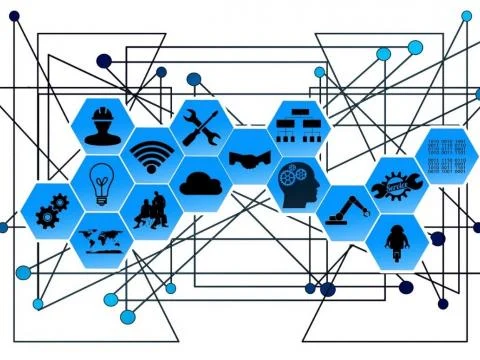
Given such trends, the rise in use of industry 4.0 technologies in workplaces is gaining increasing attention from health and safety regulators, who are looking at the technologies from the perspective of how they might impact, positive or negative, on the capacity of dutyholders to meet their health and safety responsibilities, as well as on their own capacity to effectively regulate. For example, the use of some technologies is likely to present new challenges when considering the extent to which specific health and safety risks are sufficiently well mitigated. Other challenges may arise from situations when failures in the technologies are implicated in serious accidents and the causes of the accidents are being established. However, future opportunities also exist, for both regulators and dutyholders, to exploit the technologies to support and enhance health and safety in industrial workplaces, for example, to make regulation less burdensome, or to help dutyholders demonstrate compliance with requirements. For example, it is conceivable that the technologies might be used in the future to facilitate the formal reporting of accidents, to undertake workplace inspections and functional checks of safety critical equipment, particularly in remote workplaces, and to support worker health surveillance.
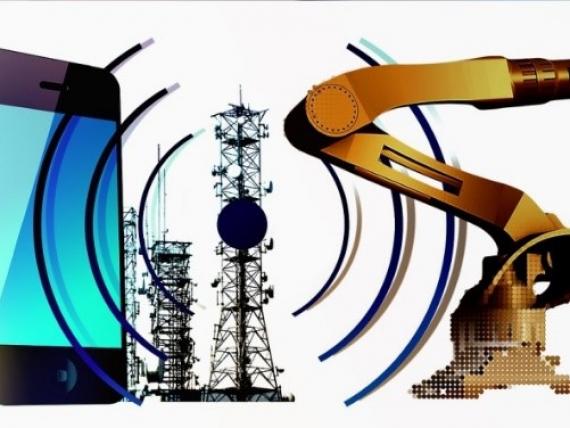
Opinions vary greatly as to what constitutes an industry 4.0 technology and numerous definitions of the term and lists of included technologies have been offered. Most make reference to the concept of cyber-physical systems, essentially networked integrations of complex physical plant and machinery, sensors and computer software, often communicating and sharing data and information wirelessly via the internet.
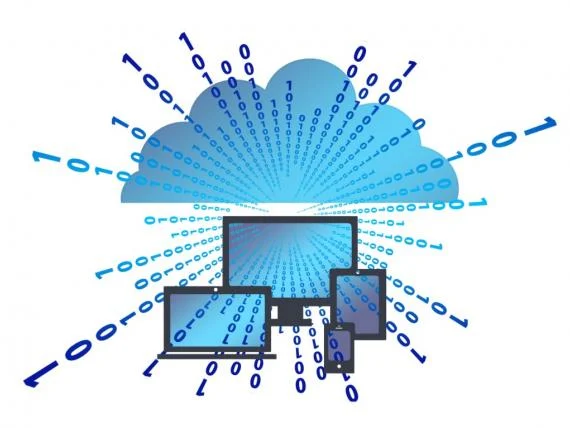
From the perspective of this article, four characteristics of industry 4.0 technologies are regarded to be particularly fundamental: 1) the wireless networks and sensors constituting systems and associated data flows, 2) the processes or operations controlled or supported by the systems, or tasks delivered, and 3) the plant/hardware and supporting software controlling processes and operations, and actioning tasks.

Thinking about industry 4.0 technologies in such a way, the constituent data, its effective handling and analysis, the generation of actionable insights from it, and the effective communication of insights to deliver an action, can all be seen to be central to its effective deployment. However, many of these pose significant practical challenges to industry. For example, big data type challenges abound, including the handling and storage of large volumes of multi-format data, working with data streams, using analytics effectively to make sense of it, including in real time, and getting the right insights to the right people communicated at the right time and in the right way. In some application areas, ethics, privacy, data security and data governance challenges also abound. The deployment of industry 4.0 technologies specifically for health and safety purposes is by no means immune to such challenges.
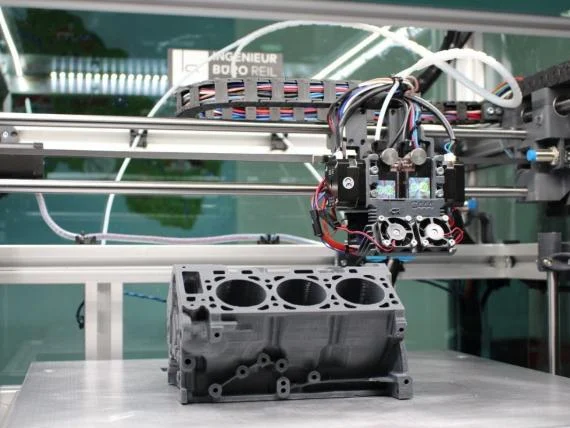
Look out for the second blog in this series, it will consider how the rise in industry 4.0 and industrial use of AI in parallel, is enabling a shift away from reactive and towards proactive health and safety practice, where the focus is very much on prevention.
If you have any comments having read this blog, feel free to share them below.
Dealing with such challenges in a health and safety context is the subject of a recently commenced research project being undertaken as part of the HSE’s Discovering Safety research programme, a five year research programme supported by a grant from Lloyd’s Register Foundation and being delivered in partnership with the University of Manchester.
For more information on the project including how you might be able to contribute and help shape it, you can contact the research team at the following email address: discoveringsafety@hse.gov.uk, follow the research programme on linkedin or twitter:
Related Content
